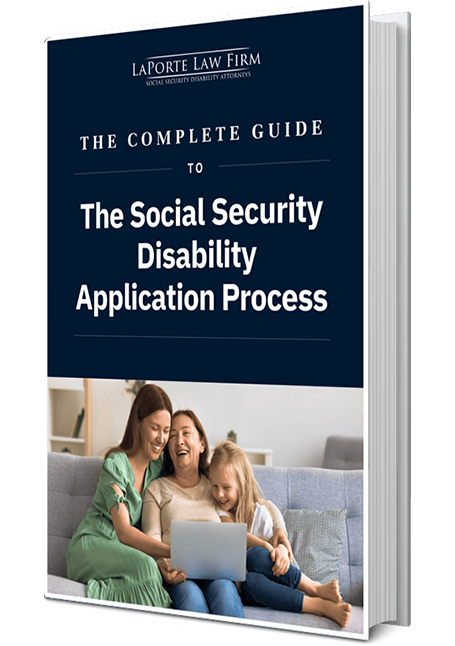After your application for disability benefits is approved, the Social Security Administration periodically reviews your medical impairments to determine if you are still disabled. If the SSA determines that you are no longer disabled, you will stop receiving benefits. This review of your impairment is called a Continuing Disability Review (“CDR”)
In November 2019, the Social Security Administration released a proposed rule regarding the frequency and notice of continuing disability reviews. This rule has not yet taken effect. SSA is still receiving comments and feedback on the changes to the CDR process.
The CDRs are carried out at selected intervals. Currently, there are three categories that the SSA uses to determine an applicant’s eligibility for receiving benefits and undergoing reviews:
- Medical Improvement Expected: If the SSA determines that medical improvement is expected, a review will be conducted at intervals from 6 to 18 months following the most recent determination or decision that the individual is disabled or that disability is continuing.
- Medical Improvement Possible: If medical improvement is possible, SSA will schedule reviews of an individual at least once every three years.
- Medical Improvement Not Expected: If the SSA determines that medical improvement is not expected, they will schedule reviews of an individual no less frequently than once every seven years but no more frequently than once every five years.
If the SSA decides to adopt the proposed rule, it would have the following effects:
The Proposed Rule Would Add a Fourth Category
SSA has proposed a fourth category for continuing disability reviews. This fourth category is called “medical improvement likely.” This category includes those impairments that the SSA believes typically do not result in permanent, irreversible structural damages and are amendable to improving with treatment. This category will apply to claims that currently fall into the “medical improvement expected” and “medical improvement possible” categories. The people in this category would be subject to a review every two years.
This new category would include the following impairments and beneficiaries who would be subject to the two-year review:
- Cancers that are found to be disabling under the Listings of Impairments for a specified period;
- Certain mental and musculoskeletal impairments; and
- The beneficiaries who are awarded benefits at “Step 5” of the disability determination. Step 5 is an internal SSA term referring to those whose advanced age and severity of difficulty makes working difficult or impossible.
SSA expects the introduction of this new category to lead to an 18% increase in the total number of reviews undertaken over the next decade.
The New Rule Would Revise the Criteria SSA Follows to Assign Each CDR Category
The proposed rule would also revise the criteria that are used to assign each review category. These new criteria will take into consideration advancements in medical technology and treatment. These new changes will be published and included in the publicly accessible employee operating instructions.
The New Rule Revises the Frequency of a CDR
SSA would retain two, and revise one of the existing categories regarding how often they will perform a CDR:
- Medical Improvement Expected: The current policy is a review period of 6-18 months. This review period will remain unchanged.
- Medical Improvement Possible: The current policy is a review period of up to three years. This review period will remain unchanged.
- Medical Improvement Not Expected: The current policy is a review period of 5-7 years. The proposed rule will change this review period to 6 years.
For more information, please click here. We will continue to monitor this proposed rule and will determine its effects once it becomes final.















